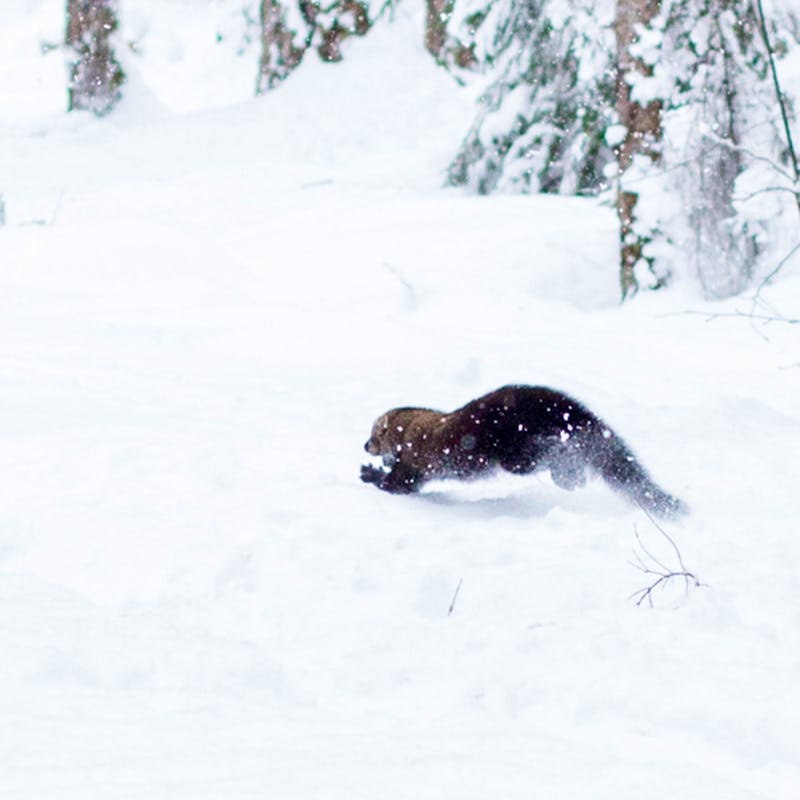The Mexican gray wolf is the most endangered gray wolf in the world. After being shot and poisoned almost to the point of no return, and brought back from the edge of extinction by a captive breeding program, these lobos deserve our best recovery efforts. They need the best science, the most streamlined recovery planning process, and the speediest implementation of those plans.

Unfortunately, what they are getting is something quite different. In December, the U.S. Fish and Wildlife Service began a series of closed-door Mexican gray wolf recovery planning workshops – which is puzzling because the Service already appointed a Mexican gray wolf recovery team for this purpose back in 2010. The team’s scientists provided recovery criteria and draft recovery plans based on peer-reviewed research and the best available science. The scientists determined that for Mexican gray wolves to avoid extinction, they would need at least three core populations — the current one in eastern Arizona/western New Mexico, one in the Grand Canyon ecoregion of Arizona and Utah, and one in northern New Mexico/southern Colorado. However, after all the scientists’ hard work, the Service suddenly suspended these recovery efforts and never finished the recovery plan.
In light of these recommendations, the new series of workshops raises the question: Why start over? Does the Service have a credible basis for disagreeing with the science provided by the recovery team, or with what needs to be done to save the lobo? And why invite only state officials, instead of a range of stakeholders? Are they simply responding to state pressure to come up with a different plan that requires fewer wolves in fewer places?

In response to the Service’s invitation to state officials, the governors of Arizona, Colorado, New Mexico and Utah wrote a letter to Secretary of the Interior Sally Jewel, expressing their opposition to Mexican gray wolf recovery in their states.
This should be no surprise, as each of the four states has at some time actively worked against wolf recovery. Arizona Game and Fish asked Congress to remove all federal protections for Mexican gray wolves when there were only 50 wild lobos in the entire world, and now forbids all releases of adult wolves in the state. Colorado is currently considering a ban on Mexican gray wolf reintroduction, with the Parks and Wildlife Commission expected to vote on the proposal this month. Similarly, New Mexico’s game commission recently tried to block all future lobo releases in the state. Utah has spent public funds lobbying to remove wolves from the federal list of endangered species, and has been aggressively hostile in voicing its disdain for hosting any wolf populations. The governors appear deaf to their citizens, the majority of whom overwhelmingly support wolves and wolf restoration. This is particularly clear in polling from New Mexico, Arizona and Colorado.
Last year, when the Service was re-writing the rules for Mexican gray wolf management, it made last minute deals with states without the opportunity for public comment. One of these included capping the lobo population at levels too low for full recovery in Arizona and New Mexico. These new closed-door recovery planning meetings have the same potential for backroom bargaining at the expense of the lobos.
One of the Service’s most important legal responsibilities is to ensure the recovery of endangered species like the Mexican gray wolf. Recently, they pushed back against New Mexico’s attempt to ban any new wolf releases. Now, the Service needs to demonstrate that same resolve, and make sure that state politics and posturing aren’t put ahead of wolf recovery.






Follow Defenders of Wildlife
facebook bluesky twitter instagram youtube tiktok threads linkedin